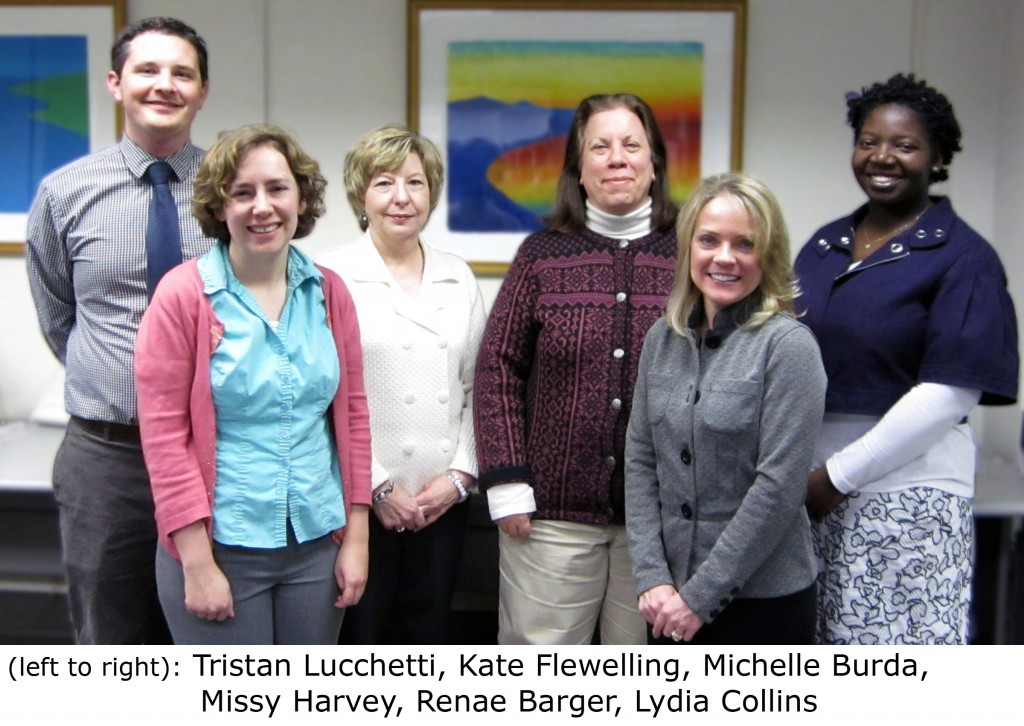 On January 19, 2012, HSLS hosted a lecture by Samuel Watson on “Global Health in a Wartime Setting—Iraq,” followed by a panel discussion with Watson, Taylor Seybolt, PhD, and Elliott Larson, MD. This event was held in conjunction with the National Library of Medicine’s traveling exhibit, “Against the Odds: Making a Difference in Global Health.” The exhibition is available for public viewing in Falk Library until February 25, 2012, during library hours.
On January 19, 2012, HSLS hosted a lecture by Samuel Watson on “Global Health in a Wartime Setting—Iraq,” followed by a panel discussion with Watson, Taylor Seybolt, PhD, and Elliott Larson, MD. This event was held in conjunction with the National Library of Medicine’s traveling exhibit, “Against the Odds: Making a Difference in Global Health.” The exhibition is available for public viewing in Falk Library until February 25, 2012, during library hours.
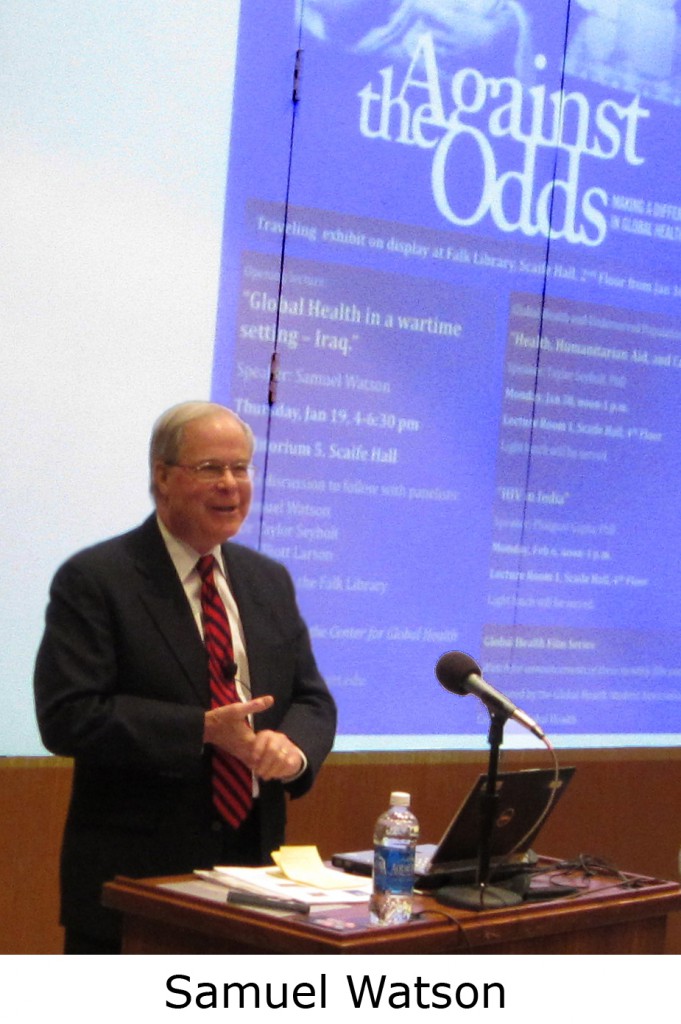 The talk expanded on one of the exhibit themes, the effects of conflict on health. Watson served as a member of a Provincial Reconstruction Team (PRT) in Diwaniyah Province, south of Bagdad in rural Iraq. PRTs in Iraq included U.S. military and State Department personnel. They’re goal was to build relationships with local government, improve local governance and infrastructure, and promote humanitarian projects funded by the United States. The talk highlighted the day-to-day difficulties of doing this work in an active war zone. As one of the 10 public health advisors in a PRT in Iraq, Watson identified many more public health problems than could be addressed by the PRT. Among the pressing problems in the province were access to clean water and nutritious food, and a crumbling health infrastructure. Initiatives undertaken in the province to improve health included distribution of vaccines during H1N1 influenza and measles outbreaks, and the training of health personnel, such as midwives.
The talk expanded on one of the exhibit themes, the effects of conflict on health. Watson served as a member of a Provincial Reconstruction Team (PRT) in Diwaniyah Province, south of Bagdad in rural Iraq. PRTs in Iraq included U.S. military and State Department personnel. They’re goal was to build relationships with local government, improve local governance and infrastructure, and promote humanitarian projects funded by the United States. The talk highlighted the day-to-day difficulties of doing this work in an active war zone. As one of the 10 public health advisors in a PRT in Iraq, Watson identified many more public health problems than could be addressed by the PRT. Among the pressing problems in the province were access to clean water and nutritious food, and a crumbling health infrastructure. Initiatives undertaken in the province to improve health included distribution of vaccines during H1N1 influenza and measles outbreaks, and the training of health personnel, such as midwives.
The panel discussion and questions and answer session, moderated by Donald Burke, Dean of the Graduate School of Public Health, provided more perspectives on the context of public health work during wars. Larson discussed his experience working as a physician in Afghanistan, comparing it to Iraq. He noting that PRTs are employed in Afghanistan, but that unlike Iraq, there are a number of other international aid agencies working as well. Seybolt provided information on U.S. policy and PRTs, setting the remarks of the other panelists in a broader public policy context.
This event was funded by HSLS, the Center for Global Health at the University of Pittsburgh, and the National Network of Libraries of Medicine, Middle Atlantic Region.
~ Barb Folb

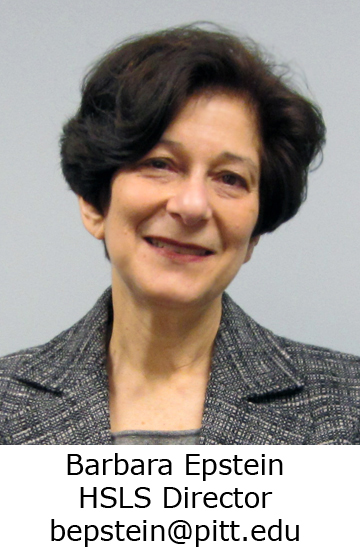 In late January, we distributed a “
In late January, we distributed a “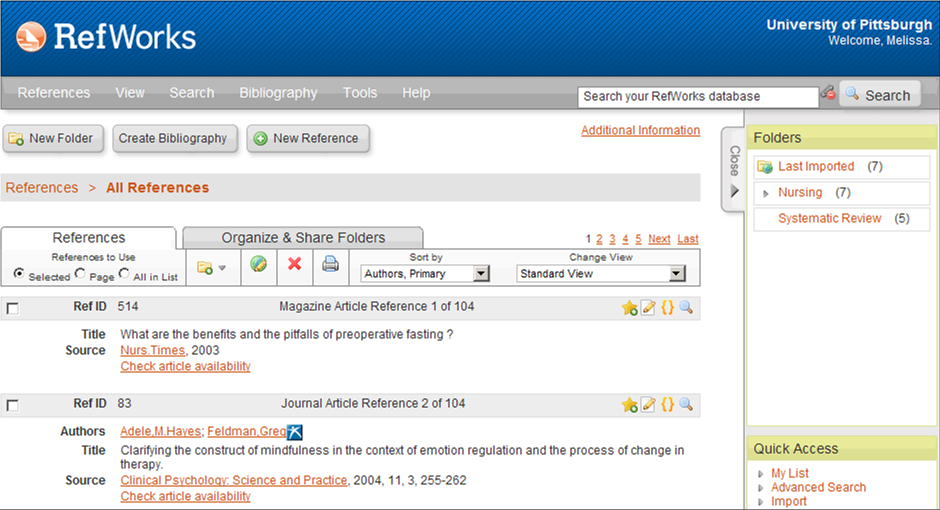
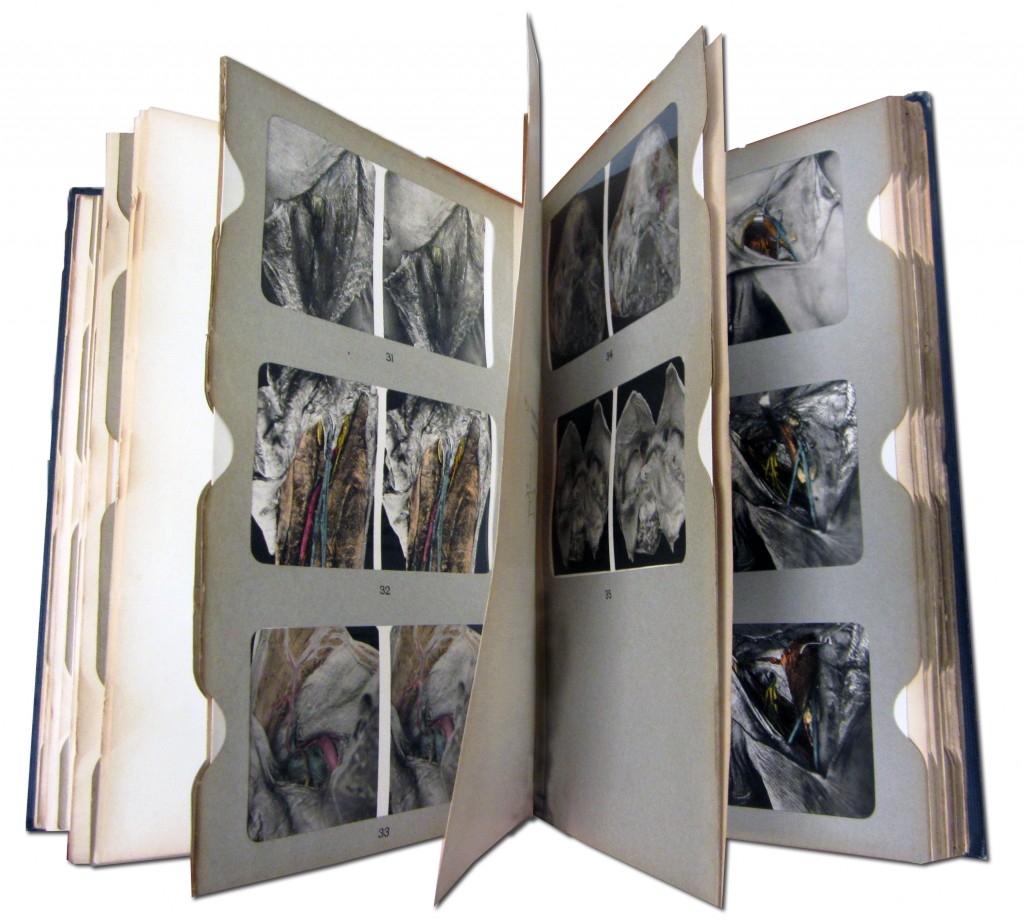 Stereoscopy is a technique for creating depth in an image by presenting two offset images separately to the left and right eye of the viewer. In 1838, Charles Wheatstone showed that the illusion of depth can be created from flat pictures that differed only in horizontal disparity. Stereoscopy became popular after 1849 with the invention of the prism stereoscope by David Brewster. Photography popularized stereograms (side-by-side pictures) even more. Since objects could be experienced in 3-D, stereoscopic images became widely used in books about geography, history, and medicine, among other subjects.
Stereoscopy is a technique for creating depth in an image by presenting two offset images separately to the left and right eye of the viewer. In 1838, Charles Wheatstone showed that the illusion of depth can be created from flat pictures that differed only in horizontal disparity. Stereoscopy became popular after 1849 with the invention of the prism stereoscope by David Brewster. Photography popularized stereograms (side-by-side pictures) even more. Since objects could be experienced in 3-D, stereoscopic images became widely used in books about geography, history, and medicine, among other subjects.